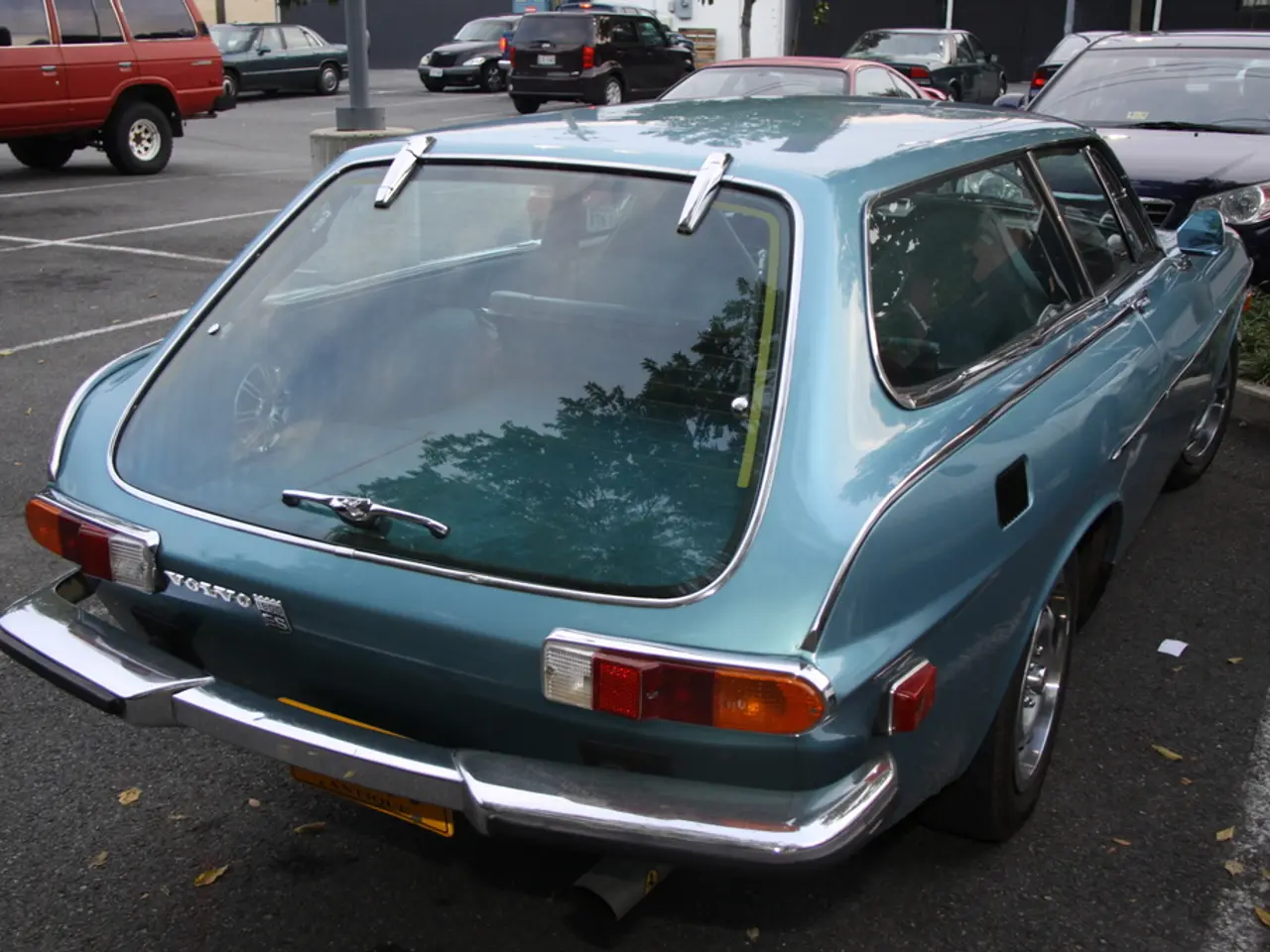Exploring the Skill of Roadside Vehicle Positioning: Where Exactly Is the Limit?
In the bustling streets of modern cities, parking a vehicle correctly is more than just finding a space. Mastering curbside parking involves a combination of skill, awareness, and attention to detail. But, it's crucial to remember that local regulations supersede any general guidelines.
In many jurisdictions across the United States, the standard curbside parking distance, which refers to the allowable distance between a parked vehicle and the curb, generally ranges from 6 inches to 12 inches from the curb. The "12-inch rule" is often cited as a standard or recommended maximum distance for parking next to the curb, meaning vehicles must be parked no more than 12 inches away from the curb line.
However, parking restrictions near intersections, crosswalks, and driveways often mandate greater setback distances to preserve sightlines. For example, Ohio regulations recommend parking restrictions 20 feet from marked crosswalks or driveways and typically 5 feet around minimum-use driveways to maintain visibility and pedestrian safety.
When parking on a hill, it's essential to take extra safety precautions, such as turning your wheels towards the curb when facing downhill and away from the curb when facing uphill.
Parking regulations, including the permissible distance from the curb, are designed to maintain safety, order, and accessibility on our streets. Ignoring these rules can lead to a cascade of problems, from receiving parking tickets and potential towing to increased risk of accidents.
Moreover, parking too far from the curb can obstruct the flow of traffic, forcing other drivers to swerve unexpectedly, potentially leading to accidents. In the event that your illegally parked vehicle contributes to an accident, you could be held liable for damages and injuries.
Another crucial consideration is accessibility for emergency vehicles. Cars parked too far from the curb can block their access, potentially delaying critical assistance and putting lives at risk.
In today's digital age, various parking apps can help you locate available parking spaces in real-time. These apps often use GPS technology and crowdsourced data to provide information on parking availability, pricing, and restrictions.
Understanding local parking regulations and adhering to them is essential for safety, legal compliance, and responsible driving. Drivers should always consult local parking signage or official city websites to familiarize themselves with the precise requirements in each area they park.
Smart parking systems are emerging as a promising solution to parking challenges in urban areas. These systems use sensors and data analytics to monitor parking space occupancy and provide real-time information to drivers.
In summary, the 12-inch curbside parking distance is a practical, commonly adopted standard in many jurisdictions to balance accessibility and traffic flow. However, other areas and specific scenarios implement larger setback distances to ensure safety and visibility near intersections and obstructions. The exact parking distance rules depend heavily on local ordinances, engineering judgments, and specific road conditions. Always remember, safety and respect for the rules of the road are key to responsible driving.
- Remembering local regulations is vital when considering fashion-and-beauty and shopping choices, as some areas may restrict street parking during certain hours or in specific zones.
- While enjoying food-and-drink at popular restaurants in travel destinations, be mindful of parking distance regulations to avoid potential fines or towing.
- When rearranging home-and-garden furniture, ensure there's enough space for pets to move comfortably around the house, adhering to the local parking rules to keep the driveway clear for vehicles.
- Caring for relationships in today's digital age involves respecting boundaries, just as drivers must respect parking rules and signs, ensuring safety and a smooth flow for everyone on the road.





